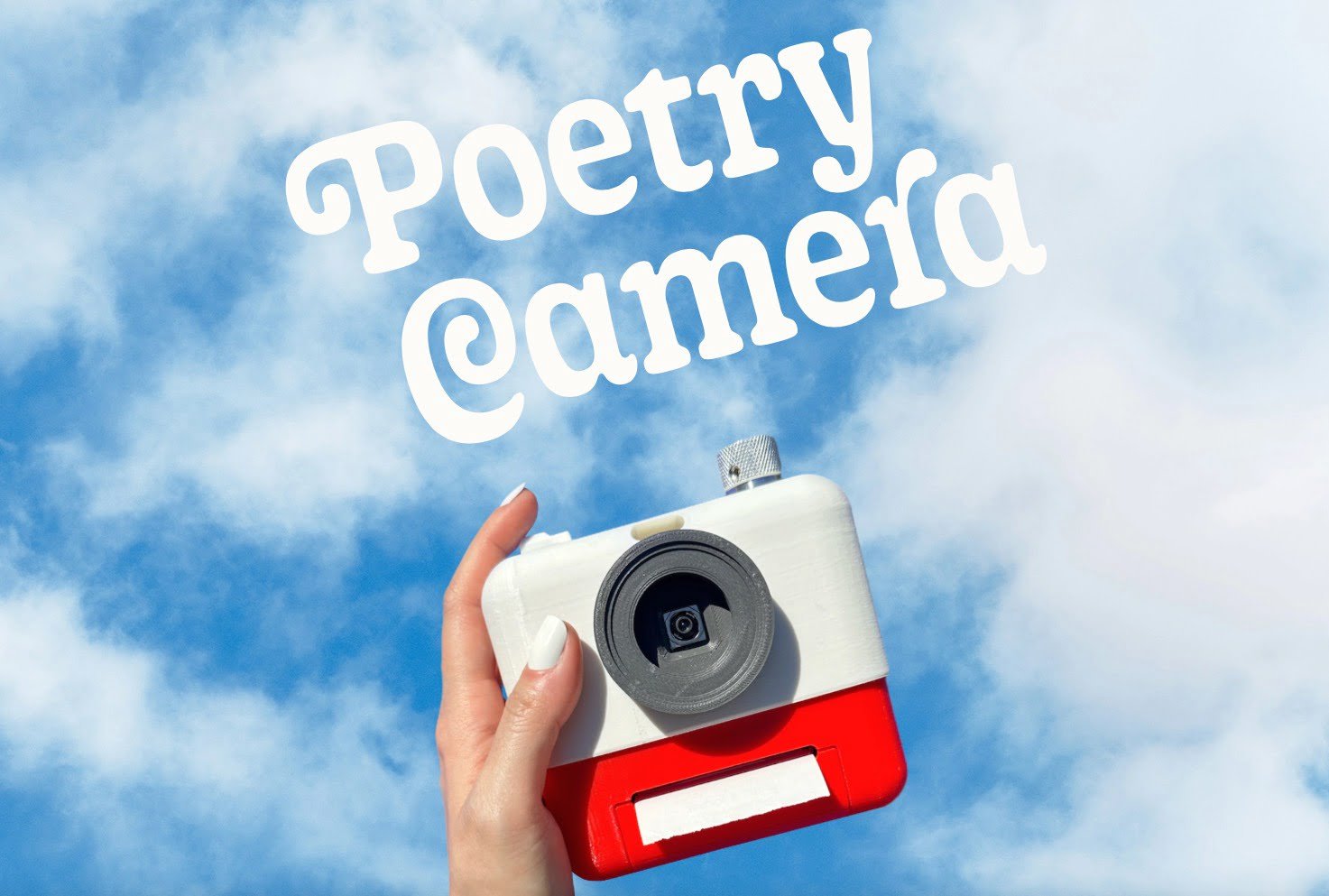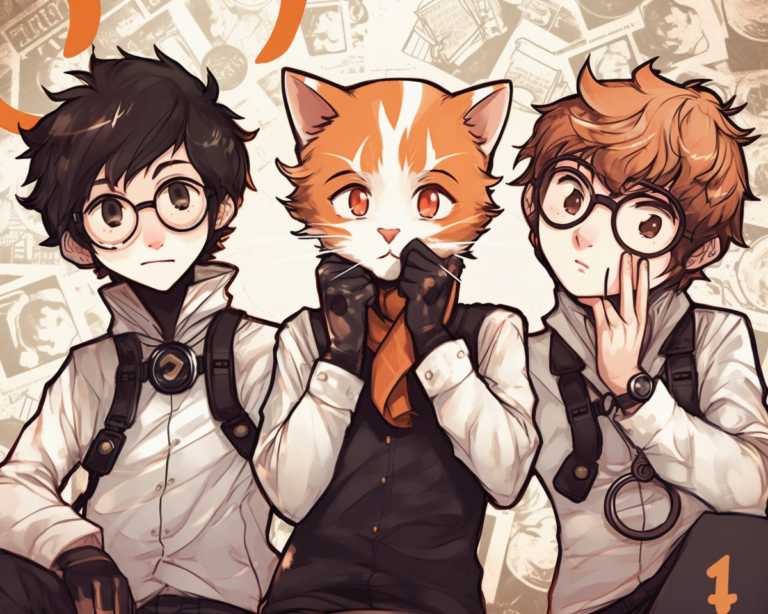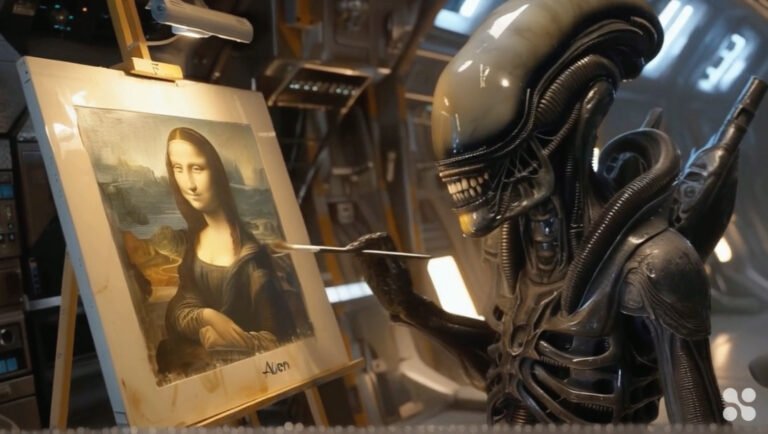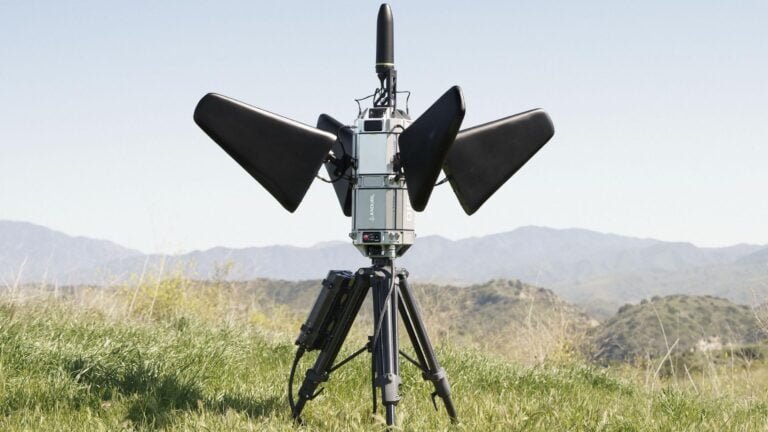The Poetry Camera Prints Poems Instead of Pictures
Picture a camera that doesn’t take photos but prints poems. Instead of one frame capturing one moment in time, that same algorithm-driven camera uses artificial intelligence to generate verse based on the image before it. Although the idea might sound more like science fiction, it’s actually very much real: This quirky or ultra-innovative little device is known as the Poetry Camera.
Crafted by designer Kelin Carolyn Zhang and Ryan Mather, the Poetry Camera isn’t just a quirky gadget: it’s an experiment in how we could experience and remember the context around us.
What is the Poetry Camera?
The Poetry Camera is a creative gadget that goes beyond regular photography; it is a device that captures a poem instead of a photo. More specifically, it is a camera that uses artificial intelligence to analyze a scene and generate a poem, be it a sonnet, a haiku, or free verse, based on the scene.
The camera looks quite similar to polaroid, which, I believe, adds a nostalgic effect to the progressive technology.
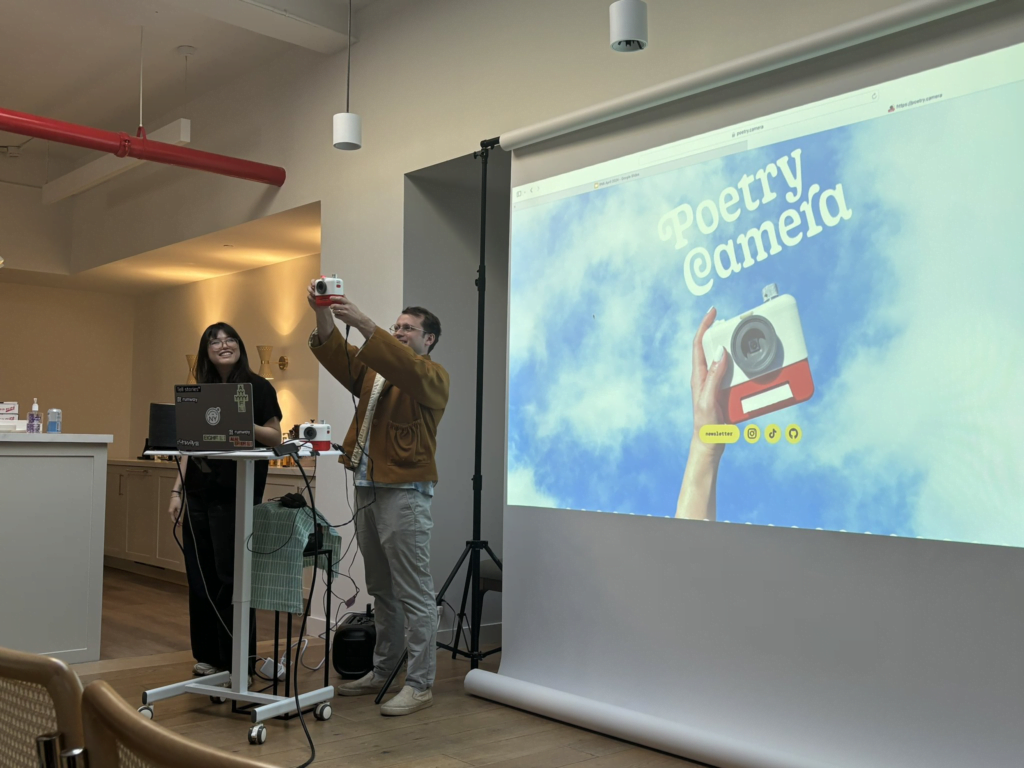
Demonstrating a Poetry Camera Image Credit: @jeongsteph in X
A Look Inside: Hardware and Software
The magic of the Poetry Camera is rooted in a novel combination of hardware and software. Let’s delve deeper into its workings:
- Hardware Configuration:At its core, the Poetry Camera features a Raspberry Pi. As a versatile mini-computer with a credit card size, Raspberry Pi’s camera module serves as an eye that views the world and collects the visibile part of the data. The AI-generated poem by OpenAI’s GPT-4 is composed onto paper via a thermal printer, effectively rendering the captured moment into the analog form . For a more detailed breakdown of different parts, see this article here.
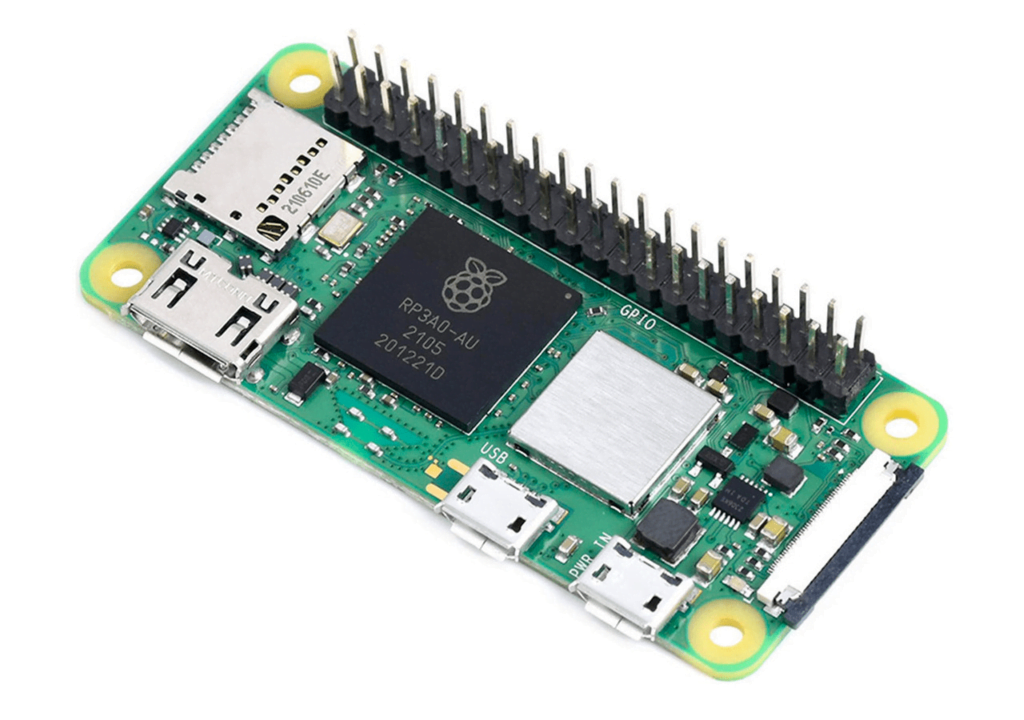
- Software: Similarly, the Poetry Camera contains an open source software that manages the whole process. It is written in Python. The real engine behind the Poetry Camera is OpenAI’s GPT-4, which is widely regarded as one of the most sophisticated models for robot text generation.
Here is how it works: When an image is taken, it is shown to the GPT-4, which “examines” the picture by breaking it down into several sections: objects, colors, patterns. Then, based on the interpretation, it tries to create a meaningful poem inspired by the image.
It may be noted that the creators made a conscious choice not to save images digitally. They prioritize ease of use, privacy, and imbuing the poems with a deeper meaning by making them ephemeral keepsakes.
Capturing Memories in Verse: Examples
Let’s see the Camera in action with some real-world examples:

The poem generated and printed by Poetry Camera. Image Credits: Poetry Camera
As Zhang explains in a TechCrunch interview, “We were thinking about a reaction to Instagram culture, everyone so focused on the perfect photo.” The Poetry Camera, they envisioned, would offer a new way to make memories, a way that went beyond the fleeting likes and comments of social media.

People are using this Camera to create interesting poems that captures the moment. Here’s another one using the Haiku style.

An X user who is a poet herself, shared her print while playing with the Poetry Camera at an event.
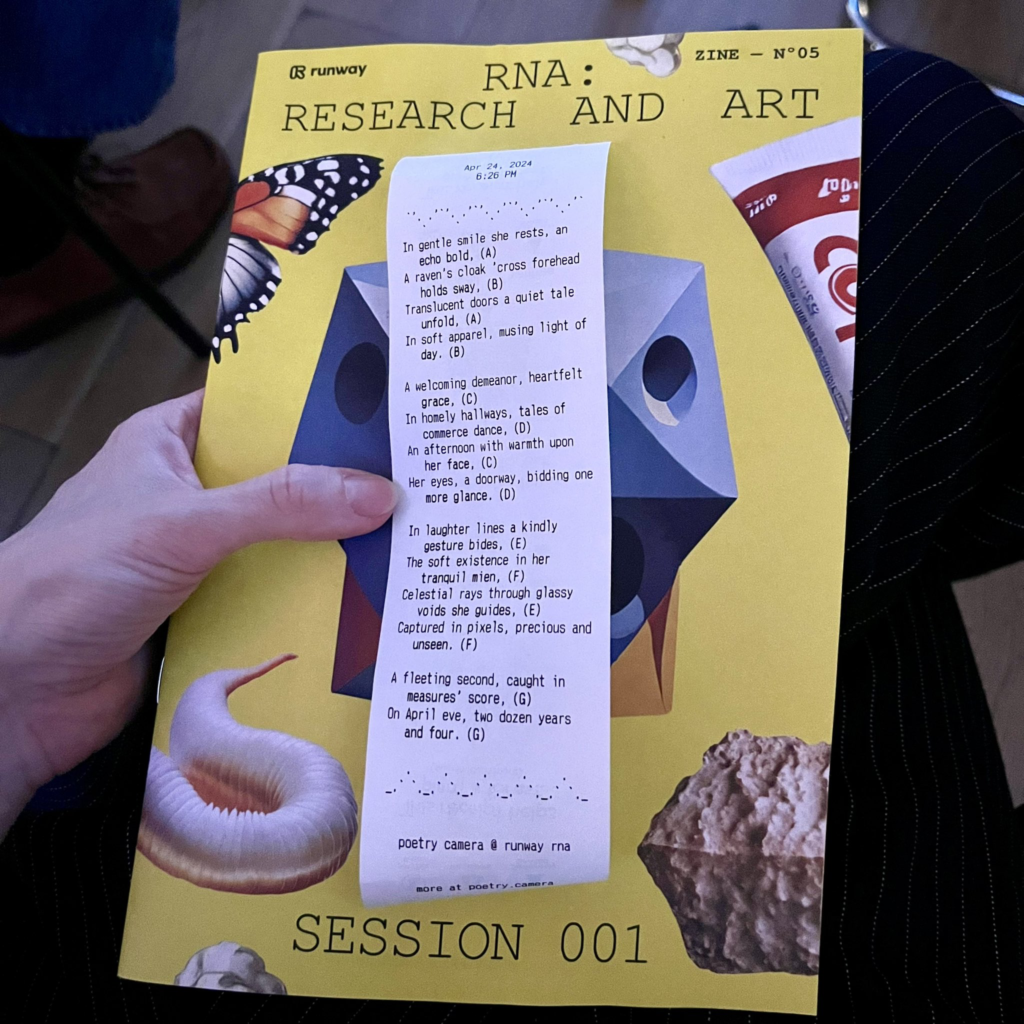
These are just a few examples. The beauty of this gadget lies in its ability to interpret a scene in unique and personal ways. The poems it generates become an extension of the captured memory, adding a new layer of interpretation and emotional connection.
The Future of the Poetry Camera
The future of the Poetry Camera . Despite being in its early days, the Poetry Camera has sold the idea of poetry to technology enthusiasts and artists. The project, which originated as a personal interest for Zhang and Mather, has received significant attention in platforms such as Product Hunt.
Poetry Camera has a lot of potential to evolve even more. For instance, the creators are considering inputting some user preferences such that a person can choose a certain poetic style or upload his or her thesaurus, thus making the composition more personalized. Beyond poems, the future might open more possibilities for creative application.
For example, what if Poetry Camera composes a song’s lyrics based on a scene or even part of a narrative? The possibilities for artistic exploration seem endless.

